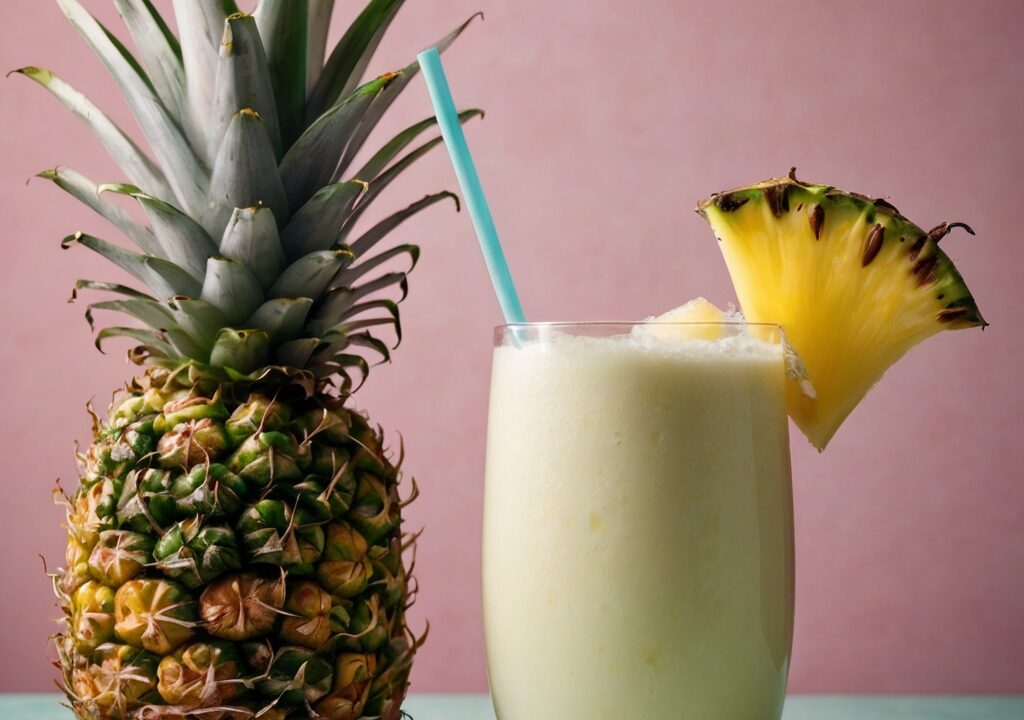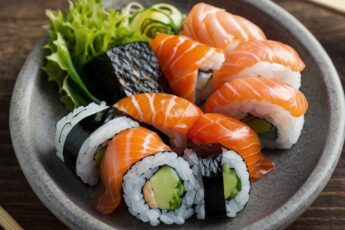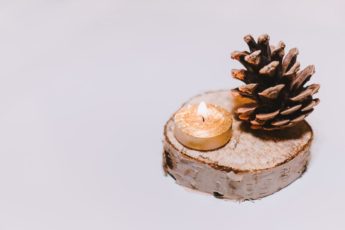Traditional Piña Colada Recipe
The piña colada recipe stands as more than just a refreshing tropical drink. Puerto Rico declared this sweet, fruity cocktail as its official drink in 1978, highlighting its deep cultural roots. Spanish speakers know “piña colada” means “strained pineapple”, which perfectly describes this iconic blend that Puerto Rico gave to the world in the 1960s.
This Puerto Rican masterpiece blends pineapple juice, cream of coconut, Puerto Rican rum, and plenty of ice. The result is a smooth, creamy beverage that fascinates taste buds worldwide. Making a traditional piña colada at home takes just a few minutes. People who enjoy non-alcoholic drinks can create a delicious virgin version by skipping the rum.
Cocktail enthusiasts will find the authentic bartender’s techniques to create the perfect piña colada in this piece. The recipe covers everything from choosing quality ingredients to becoming skilled at professional blending methods. This traditional piña colada recipe brings Puerto Rico’s authentic experience to your home, perfect for special occasions or a tropical escape.
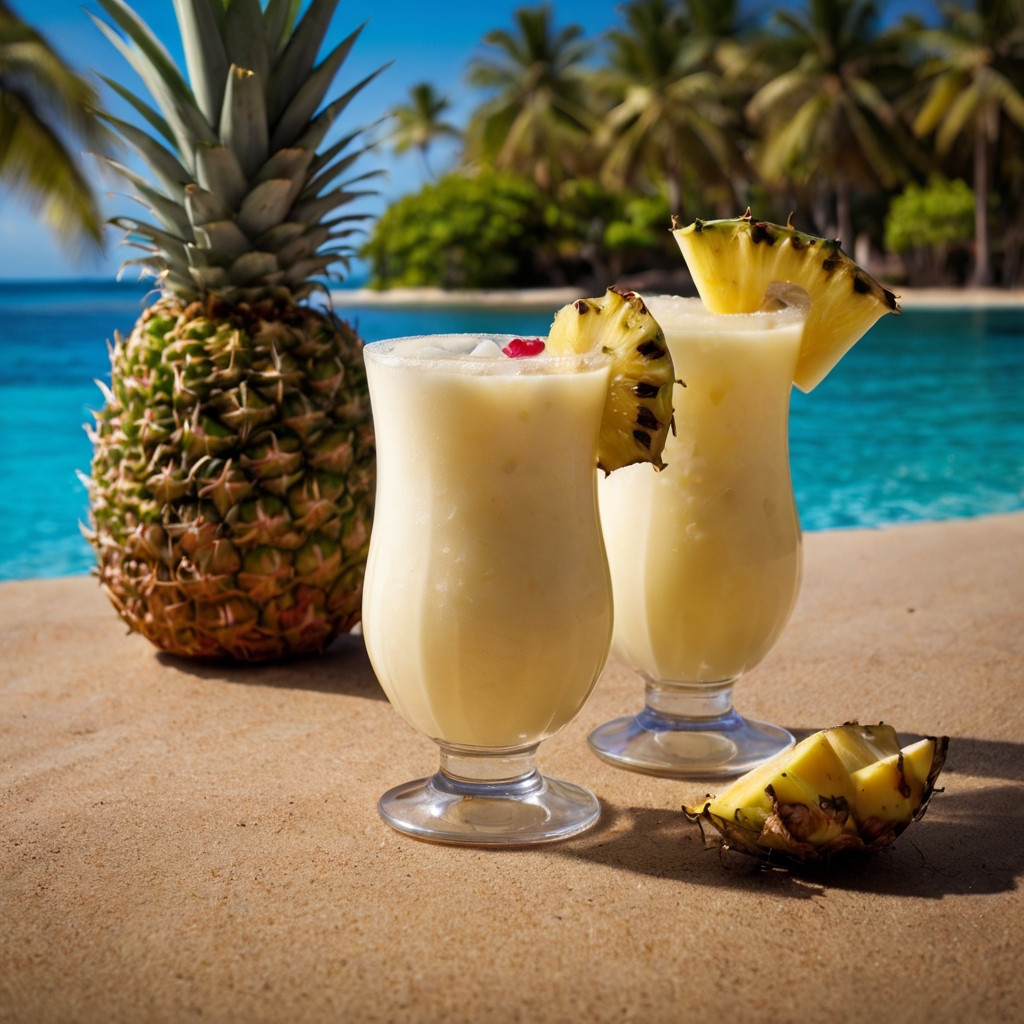
The Origins of the Piña Colada
The traditional piña colada recipe has sparked countless debates about its true origins, even though many tropical cocktails have disputed beginnings. This creamy, sweet drink has an amazing story that starts on the beautiful island of Puerto Rico.
The Puerto Rican roots of the drink
“Piña colada” comes from Spanish and means “strained pineapple” – a perfect description of the fresh pressed and strained pineapple juice that makes this iconic drink special. Puerto Rico gave birth to the modern recipe we know today. The name “piña colada” showed up in Cuban records back in 1922, but these early versions didn’t have coconut and were more like pineapple daiquiris.
A fascinating story suggests the drink might go back to the 19th century. Puerto Rican pirate Roberto Cofresí supposedly gave his crew a special mix of coconut, pineapple, and white rum – basically an early piña colada. The recipe disappeared after his death in 1825.
The modern piña colada emerged during Puerto Rico’s big economic changes. The island moved from sugar farming to manufacturing and tourism in the mid-20th century. This era, called “Operation Bootstrap,” brought many tourists to Puerto Rico, and they fell in love with piña coladas.
The bartender rivalry: Caribe Hilton vs. Barrachina
The modern piña colada’s story features a heated rivalry between two San Juan establishments. Each claims to be the drink’s true birthplace.
Puerto Rico’s first luxury hotel, the Caribe Hilton, opened its doors in 1949 on a peninsula near the Condado Lagoon. Their story says bartender Ramón “Monchito” Marrero created the piña colada in 1954. The hotel asked him to make a signature drink that captured Puerto Rico’s spirit. Marrero took three months to perfect his recipe. The drink became such a hit that Hollywood star Joan Crawford said it was “better than slapping Bette Davis in the face”.
Ricardo García, another Caribe Hilton bartender, tells a different story. He says he invented the recipe that same year because they ran out of coconuts and he had to get creative.
Barrachina restaurant, just two miles away in Old San Juan, makes the third major claim. They say their bartender Ramón Portas Mingot created the piña colada in 1963. A marble plaque at their entrance proudly announces the restaurant as the piña colada’s birthplace.
How it became the national drink in 1978
The piña colada grew wildly popular through the 1960s and 70s, whatever its true origin might be. Elvis Presley’s movie “Blue Hawaii” helped make it famous worldwide.
Puerto Rico named the piña colada its national drink in 1978, making it an official symbol of the island’s culture and hospitality. This decision showed the cocktail’s cultural value and its role in attracting tourists to Puerto Rico.
The Caribe Hilton’s claim got a boost in 2004. Puerto Rico’s Governor Sila María Calderón gave the hotel an official proclamation on the drink’s 50th anniversary. This document named Marrero as the creator and the Caribe Hilton as its birthplace.
Both the Caribe Hilton and Barrachina serve their versions of the traditional piña colada recipe today. Visitors can try both and pick their favorite version of this iconic drink.
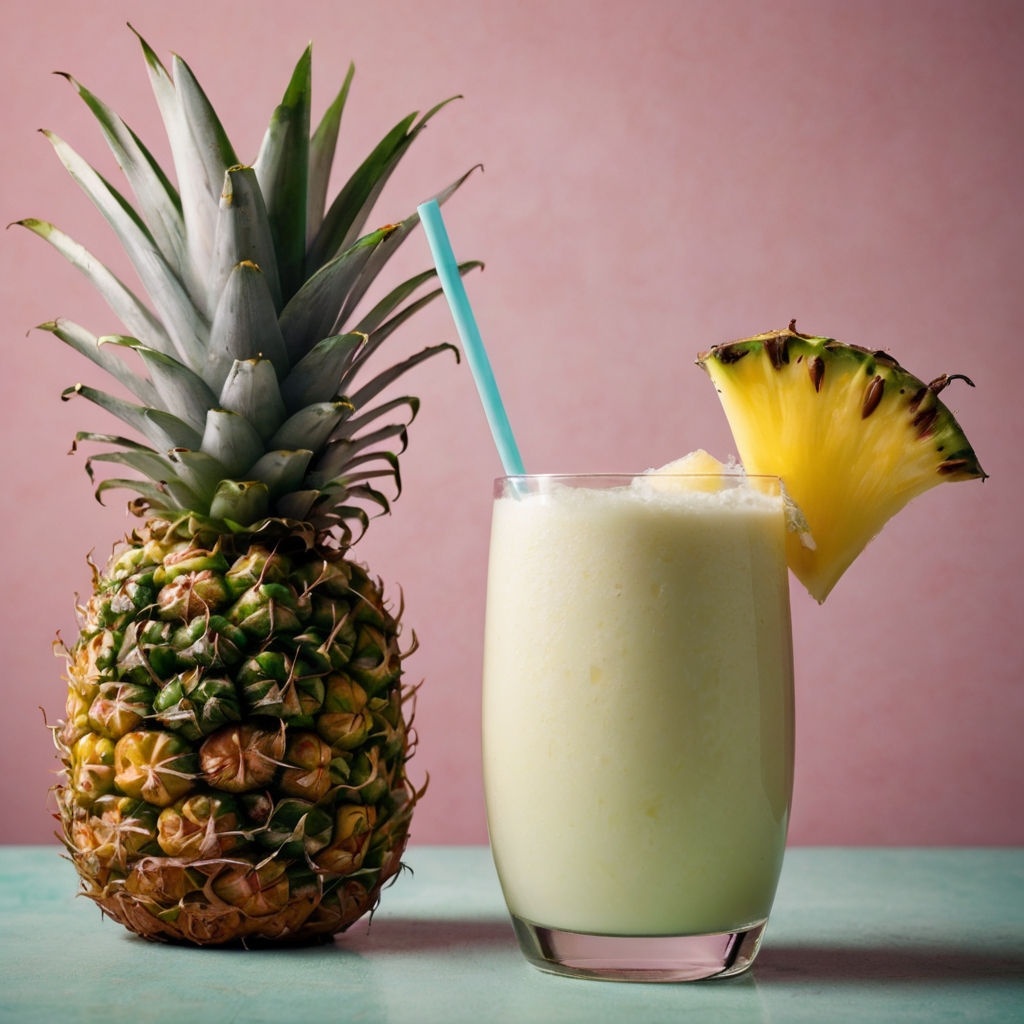
Traditional Piña Colada Ingredients Explained
The perfect piña colada comes from knowing its essential ingredients and how they work together. This classic cocktail’s enduring popularity stems from its balanced tropical flavors that blend seamlessly.
Pineapple juice vs. fresh pineapple chunks
A genuine piña colada needs pineapple as its base. The Caribe Hilton’s original recipe needs 6 ounces of pineapple juice. Many bartenders now use fresh pineapple chunks instead. You’ll get a brighter, fresher drink with 5-6 ripe pineapple chunks (about 1 inch x 1 inch) compared to plain juice.
Quality makes a big difference when buying pineapple juice. Expert mixologists look for 100% pure pineapple juice without added sugars. The refrigerated juices usually have fewer additives than their shelf-stable counterparts. You can also use frozen pineapple chunks instead of ice to make your drink thicker without watering it down.
Cream of coconut vs. coconut cream
The coconut component often creates confusion in piña colada recipes. Cream of coconut and coconut cream are not interchangeable. You get coconut cream by skimming the top layer of chilled coconut milk – it’s unsweetened and thick. Cream of coconut, however, has added sweetness and flows like sweetened condensed milk.
The best recipes specifically ask for cream of coconut, with Coco Lopez and Coco Real leading the pack. This ingredient adds both sweetness and coconut flavor to your cocktail. Using plain coconut cream will leave you with a bitter, unsweetened drink.
Choosing the right rum
White rum (also known as light or silver rum) stars in the classic piña colada. Puerto Rican brands like Don Q Cristal stay true to the drink’s roots and add clean, subtle sweetness that complements the tropical flavors.
Creative bartenders might try:
- Mixing light and dark rums for more depth
- Aged options like Appleton Estate Reserve 8 Year that bring toffee and spice notes
- Tropical-friendly flavored rums – coconut, banana, or vanilla
Mid-range white rums ($20-$25) offer the best value, as pricier options lose their subtle notes among other ingredients.
Optional additions: lime juice and ice
Fresh lime juice brightens the drink and balances its sweetness. This simple addition stops your cocktail from becoming too sweet or flat.
The amount of ice changes your drink’s texture – more ice makes it thicker, less makes it thinner. Many bartenders prefer bagged ice over ice cube trays for smoother blending.
Garnishes that boost the drink
A pineapple wedge paired with a maraschino cherry makes the classic garnish. Professional bartenders often create a “flag” by skewering the cherry to pineapple with a cocktail pick.
Your drink can look even better with:
- Fresh pineapple wedges (quarter your pineapple slices)
- Bright red maraschino cherries that pop against the drink
- A light dusting of ground cinnamon that adds aroma
- Fun tropical touches like colorful straws or tiny umbrellas
These finishing touches turn your homemade piña colada into something special.
How to Make the Original Puerto Rican Piña Colada
A perfect traditional piña colada needs careful attention to detail. You can make this iconic Puerto Rican drink at home that tastes just as good as the ones served in San Juan’s best bars.
Step-by-step blender method
You’ll need just five minutes to make an authentic Puerto Rican piña colada with these simple steps:
- Get your ingredients ready: 2 ounces white rum (Puerto Rican brands like Don Q work best), 1 ounce cream of coconut (stick with Coco Lopez), 6 ounces pineapple juice, and ½ cup crushed ice.
- Add everything to your blender in this order: start with the liquids (rum, pineapple juice, cream of coconut) and put the ice in last.
- Run the blender on high until you get a smooth, creamy mix – this usually takes 15-30 seconds.
- Keep your ears open and blend until you can’t hear ice chunks anymore.
- Pour everything into a hurricane glass or your chosen serving glass.
- Add a pineapple wedge and maraschino cherry to make it look authentic.
Want to make it special? Try adding a “floater” of dark rum on top – it looks great and adds more flavor.
Tips for perfect texture and consistency
Your piña colada should be just right – not too thick to sip through a straw, but not watery either. Here’s what the pros suggest:
Big ice cubes straight from your freezer give you better texture than crushed ice. Store-bought bagged ice actually blends smoother and leaves fewer chunks.
Frozen pineapple pieces can work instead of ice, which keeps the flavor strong while giving you that perfect frozen texture.
If the mix gets too thick, add a splash of rum or water and blend again. Too thin? Just throw in more ice or frozen pineapple.
Common mistakes to avoid
Watch out for these piña colada pitfalls:
Pre-made mixes have artificial stuff and corn syrup that ruins the taste. A real piña colada only needs four simple ingredients.
Wrong coconut products can ruin your drink. Don’t swap coconut milk or coconut cream for cream of coconut. Cream of coconut (like Coco Lopez) has just the right sweetness.
Not blending enough leaves you with ice chunks and separated layers. Keep blending until it’s completely smooth.
Cheap rum might save money but can overpower your drink with harsh flavors.
Skip these mistakes and follow the real recipe to bring that Puerto Rican vacation vibe right to your home.
Bartender Secrets for the Best Piña Colada
Professional bartenders take the traditional piña colada recipe to new heights with specialized techniques that turn this tropical classic from good to extraordinary. Their insider methods make a real difference as they create the perfect frozen cocktail experience.
Why frozen pineapple is a game changer
Your piña colada will taste better and be thicker if you replace some or all of the ice with frozen pineapple. This stops the drink from getting watery as ice melts. Skilled bartenders often freeze fresh pineapple chunks themselves rather than buying pre-frozen fruit to get the best results.
The process of freezing pineapple is straightforward. Remove the outer skin and cut it into chunks. Put the pieces in a resealable bag and push out as much air as possible. Lay the bag flat and freeze it for at least 3 hours. We used this extra step during peak season because it makes the fruit sweeter and more flavorful.
Using bagged ice for smoother blending
The ice you choose plays a crucial role in your piña colada’s texture. Store-bought bagged ice blends more smoothly and leaves fewer gritty chunks, which is why professional bartenders prefer it over homemade ice cubes. Crushed or pebble ice works well too if you can’t find bagged ice, giving you that velvety smooth finish.
Adding rum as a floater vs. blending it in
Skilled bartenders often improve their piña coladas by carefully pouring an ounce of dark rum on top after blending—a technique called a “floater”. This creates an eye-catching look and adds amazing depth without overpowering the drink’s flavor profile. You should stir the drink as you enjoy it so the rum doesn’t collect at the bottom.
Glassware and presentation tips
Hurricane glasses remain the classic choice for serving piña coladas. Their curved shape gives plenty of room for garnishes and extra ice, making them perfect for elaborate tropical presentations. Ceramic coconut bowls add a fun alternative serving option.
For garnishing:
- Fresh pineapple wedges with pineapple leaves
- Maraschino cherries
- Colorful straws or miniature umbrellas
Cold ingredients help prevent separation during preparation. The right presentation turns a simple homemade piña colada into something that feels like a vacation, especially when you pay attention to garnish details and use proper glassware.
Mocktail and Flavor Variations
The classic piña colada recipe opens up a world of creative variations. You can enjoy this tropical delight with or without alcohol by making a few adjustments.
How to make a traditional piña colada virgin
Making a non-alcoholic piña colada is straightforward – just skip the rum. Bartenders suggest using 4 ounces of cream of coconut to keep the drink’s rich texture in the virgin version. The standard recipe works perfectly when you blend it without alcohol. This mocktail brings all the tropical flavors you love while everyone can enjoy it.
Strawberry, mango, and banana colada twists
These fruit variations can reshape the scene of your traditional piña colada:
- Strawberry Colada: Switch out some or all frozen pineapple with frozen strawberries. You’ll get a vibrant pink drink with a delightful berry twist.
- Mango Colada: Use frozen mango chunks instead of pineapple, keeping the same measurements. This creates a sweeter, slightly more exotic flavor profile.
- Banana Colada: Add one or two ripe bananas to the recipe. Your drink becomes sweeter and more flavorful as the banana ripens.
Using coconut rum or flavored rums
Flavored rums let you customize your drink easily:
- Coconut rum (like Malibu) boosts the coconut essence for a stronger tropical flavor
- Pineapple rum enhances the signature tangy sweetness
- Spiced rum adds warm cinnamon and vanilla notes
Making it kid-friendly and party-ready
You can make piña coladas perfect for the whole family by preparing a large alcohol-free batch. At parties, blend your base ingredients first and serve the virgin portions before adding rum to what’s left. Kids love colorful garnishes like pineapple wedges, maraschino cherries, and miniature umbrellas. Yes, it is the fun glassware that makes these mocktails special and helps everyone feel part of the celebration.
Summing all up
Puerto Rico’s piña colada is more than just a tropical cocktail – it’s a cultural icon. This beloved drink became the island’s national beverage in 1978 and represents its rich heritage and warm hospitality. The ongoing debate between the Caribe Hilton and Barrachina about its true birthplace adds an interesting twist to its colorful history.
Making a real piña colada at home needs attention to detail. The biggest challenge is knowing the difference between cream of coconut and coconut cream. Getting this wrong can ruin the whole drink. You can customize your piña colada with fresh pineapple chunks or quality pineapple juice based on what you like and have at hand.
Skilled bartenders take this classic to new heights by using frozen pineapple instead of ice and adding dark rum floaters. These tricks turn a simple mixed drink into something special. The basic recipe works great as a starting point for many tasty variations. Strawberry, mango, and banana versions keep the drink’s character while bringing new flavors to the mix.
Anyone can enjoy the piña colada’s tropical magic through alcohol-free versions that keep the creamy texture and fruity taste intact. This might explain why people still love it decades after its creation, while other cocktail trends have come and gone.
Sipping a piña colada by a Puerto Rican pool or mixing one at home brings paradise in every creamy, sweet taste. Quality rum, pineapple, and coconut blend together perfectly. The result isn’t just refreshing – it’s a mini tropical vacation that keeps winning hearts worldwide.
Here are some FAQs about the traditional piña colada recipe:
What is the original piña colada made of?
The traditional piña colada recipe ingredients include white rum, coconut cream, and pineapple juice blended with ice. This classic tropical drink was created in Puerto Rico and follows a specific traditional piña colada recipe with pineapple juice as a key component. The authentic version uses freshly blended pineapple rather than canned juice for optimal flavor.
How to make a proper piña colada?
To make a proper traditional piña colada recipe easy, blend 2 oz white rum, 1 oz coconut cream, and 2 oz fresh pineapple juice with 1 cup crushed ice until smooth. The traditional piña colada recipe virgin version simply omits the rum while keeping the same creamy, fruity balance. Always serve in a chilled hurricane glass with pineapple wedge and maraschino cherry garnish.
Is coconut milk or coconut cream better for piña colada?
Coconut cream is superior for a traditional piña colada recipe as it provides richer texture and flavor than coconut milk. The higher fat content in cream creates that signature velvety mouthfeel in both alcoholic and traditional piña colada recipe virgin versions. While coconut milk works in a pinch, cream delivers authentic thickness and tropical taste.
What is the best alcohol for a piña colada?
Premium white rum is the ideal alcohol for a traditional piña colada recipe, specifically Puerto Rican brands like Don Q or Bacardi. The rum should be light-bodied and slightly sweet to complement rather than overpower the traditional piña colada recipe ingredients. For variations, coconut or pineapple-flavored rums can add extra dimension.
What is the difference between a piña colada and a coco colada?
While both use coconut, the traditional piña colada recipe always includes pineapple (piña means pineapple in Spanish), whereas coco coladas focus solely on coconut flavors. A traditional piña colada recipe with pineapple juice combines both tropical fruits, while coco coladas typically omit pineapple entirely for a pure coconut experience.
How to make a Caribbean pina colada?
An authentic Caribbean traditional piña colada recipe uses fresh pineapple chunks instead of juice for brighter flavor. Many island versions in the traditional piña colada recipe easy category add a splash of heavy cream for extra richness. Some bartenders incorporate a bit of freshly grated nutmeg as a finishing touch.
How to make Piña Colada with 3 ingredients?
For a simplified traditional piña colada recipe easy version, blend equal parts rum, coconut cream, and pineapple juice with ice. This barebones approach to the traditional piña colada recipe ingredients still delivers the essential tropical flavors. The ratio can be adjusted to taste – more pineapple for tartness or more coconut cream for sweetness.
Can I use coconut milk instead of coconut cream?
Yes, you can substitute coconut milk in a traditional piña colada recipe, but the texture will be thinner and less rich. For best results with this traditional piña colada recipe with pineapple juice variation, use full-fat coconut milk and consider adding a teaspoon of sugar to compensate for coconut cream’s natural sweetness. The drink will be lighter but still refreshing.

